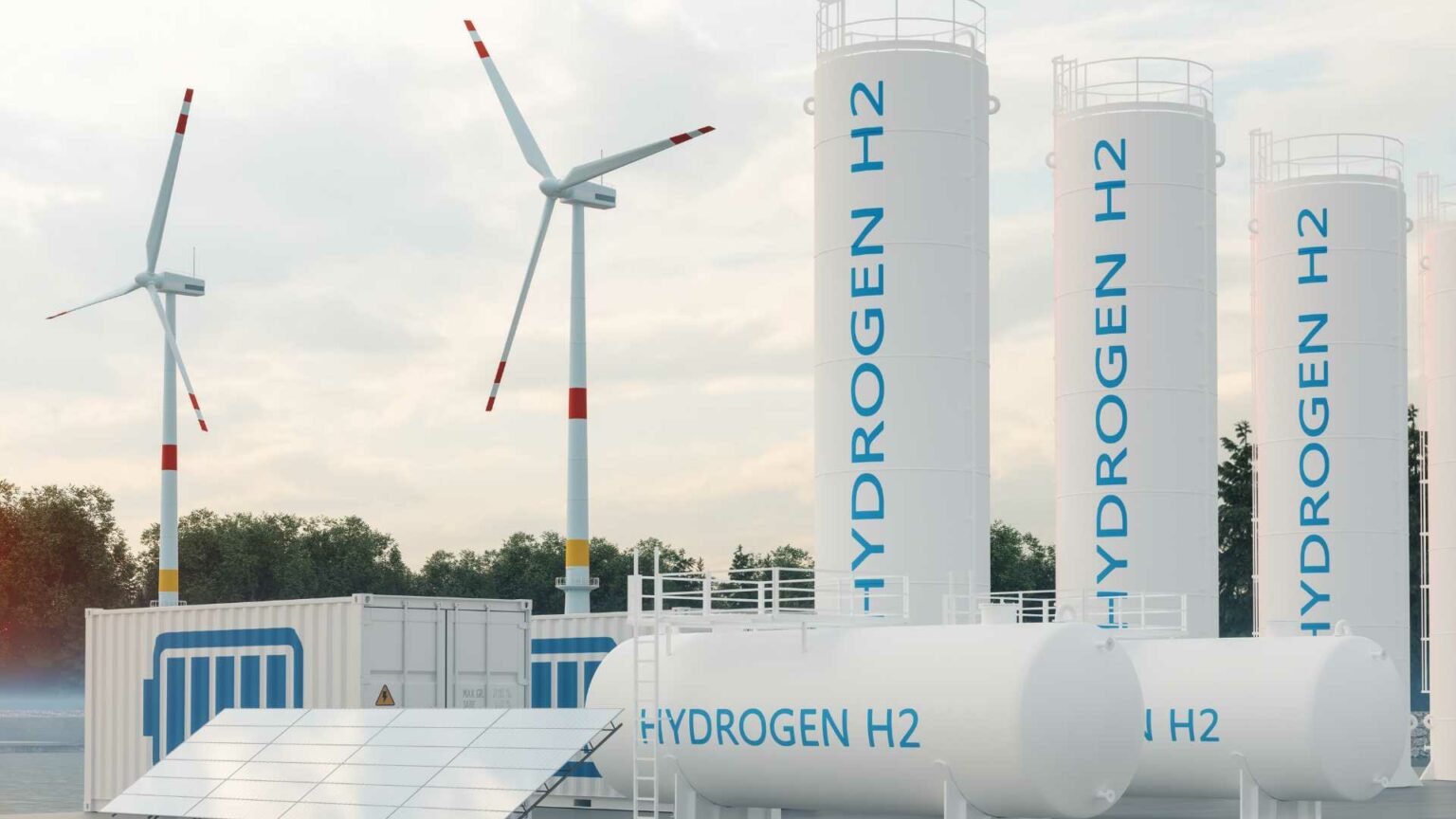Exploration into the integration of green hydrogen production within wind farm operations reveals both economic and environmental dimensions.
Recent studies predict that by 2025, curtailed wind energy could become a significant contributor to green hydrogen production, driven by increasing variability in electric grid dynamics. With reported occurrences of curtailed energy rising, utilizing this excess energy to power electrolysers offers a method to mitigate wasted resources and reduce reliance on fossil fuels, particularly in sectors like transport and heating.
When examining the economic viability of such projects, various market factors come into play. A critical component is the projected capital cost, which impacts system profitability and the variation seen in payback periods. It’s revealed through 36 scenario analyses that profitability isn’t solely reliant on curtailment profiles but also heavily influenced by the hydrogen market selling prices and wholesale electricity costs. For instance, in a low curtailment and proximity scenario, an optimal electrolyser size of 60 MW can be justified at a selling price of 6.7 €/kg or greater. However, just a slight decrease in price to 6.6 €/kg necessitates a size reduction to approximately 14.86 MW, illustrating the sensitivity of the system’s economic balance.
Storage and transportation, too, add layers of financial complexity. The hydrogen storage system, while necessary for balancing supply and demand, can diminish profits by as much as 40%. Furthermore, when transportation costs dominate, they constitute up to half of the total expenditure, thus calling for strategic planning in logistical aspects.
An intriguing insight from the study involves the differential impact of electricity prices on profitability depending on the curtailment profile. Higher electricity prices amplify the financial variability across different profiles, highlighting the importance of cost foresight in operational strategy.
These economic considerations are intertwined with environmental benefits. When considering CO2 emissions reductions—or choosing to shorten payback periods—system configuration shifts, unveiling the dual role that green hydrogen systems can play in ecological and economic contexts.
Stay updated on the latest in energy! Follow us on LinkedIn, Facebook, and X for real-time news and insights. Don’t miss out on exclusive interviews and webinars—subscribe to our YouTube channel today! Join our community and be part of the conversation shaping the future of energy.
